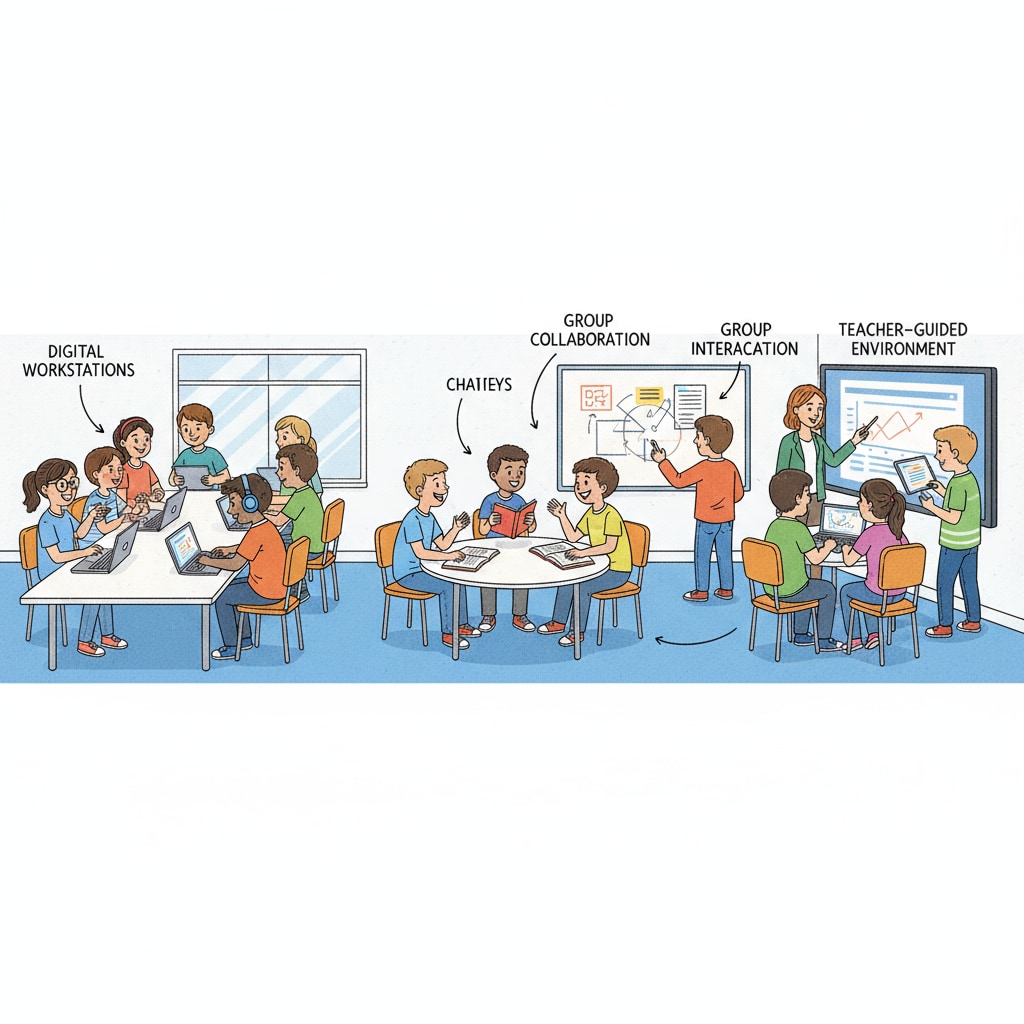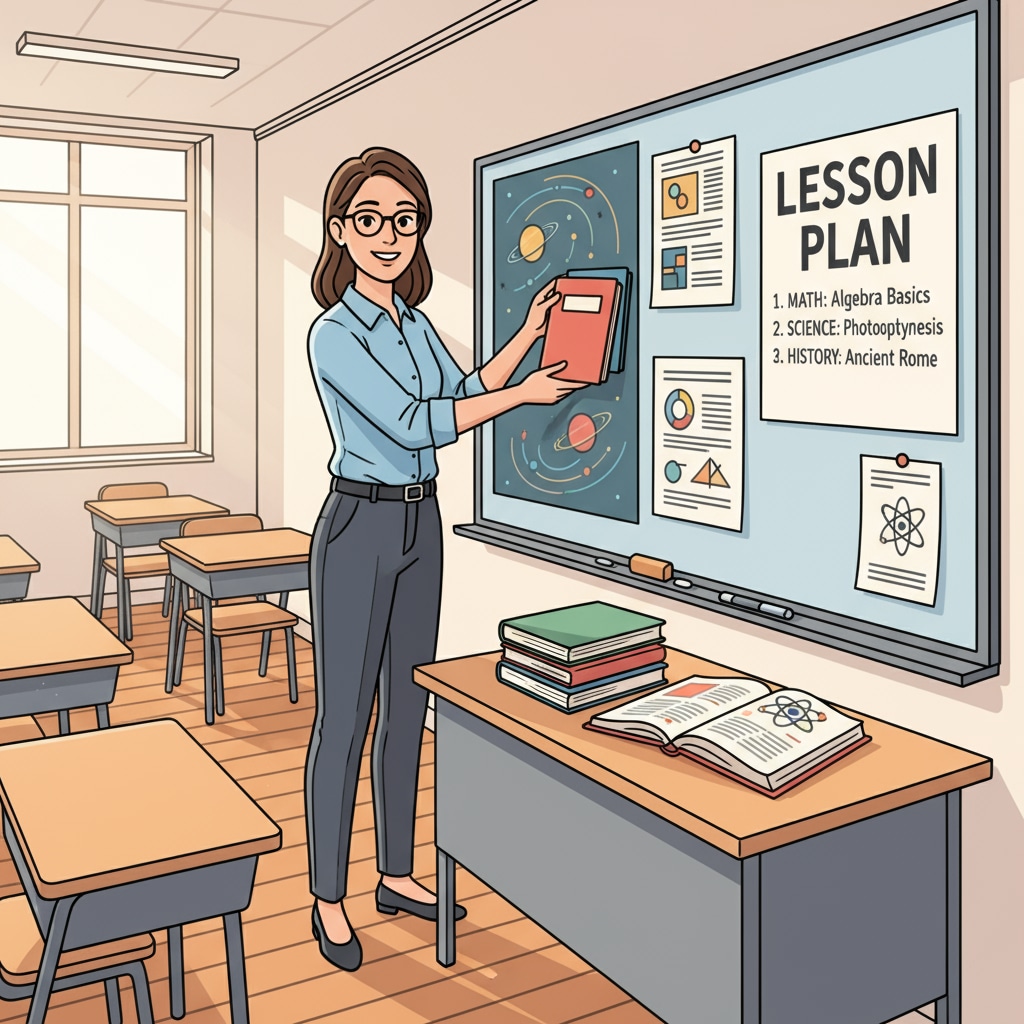The blended teaching cycle theory, along with the concepts of transmissive and facilitative teaching and educational models, has revolutionized K12 education. This theory offers a comprehensive approach to enhance the learning experience in the classroom.

The Five-Step Structure of the Blended Teaching Cycle
The blended teaching cycle consists of five crucial steps. The first step is “Preparing,” where educators design the learning objectives, select appropriate materials, and plan the overall structure of the lesson. This sets the foundation for what students will learn. For example, in a science class, the teacher might prepare experiments and reading materials related to the topic of ecosystems.

Balancing Transmissive and Facilitative Teaching
One of the key aspects of this theory is the balance between transmissive and facilitative teaching. Transmissive teaching involves the direct transfer of knowledge from the teacher to the students, such as lectures. On the other hand, facilitative teaching encourages students to explore, question, and discover knowledge on their own. In the blended teaching cycle, both methods are used in harmony. For instance, after a lecture on historical events, students might be grouped to discuss and analyze the impact of those events, which is facilitative teaching in action. Blended learning on Wikipedia
The third step is “Engaging.” Here, educators use various strategies to capture students’ attention and involve them in the learning process. This could include using multimedia resources, real-life examples, or interactive activities. In a language class, an engaging activity could be a role-playing game to practice speaking skills.
“Assessing” is the fourth step. It is essential to evaluate students’ understanding and progress. This can be done through quizzes, tests, projects, or class discussions. By assessing students, teachers can identify areas where students need more support and adjust their teaching accordingly. Educational assessment on Britannica
The final step is “Reflecting.” Teachers and students alike should reflect on the learning experience. Teachers can consider what worked well and what could be improved in their teaching methods. Students can think about what they learned and how they can apply it in the future. This continuous reflection helps in improving the overall teaching and learning process.
Readability guidance: The blended teaching cycle theory provides a structured yet flexible approach to K12 education. By understanding its five-step structure and the balance between different teaching methods, educators can create more effective and engaging classrooms.


